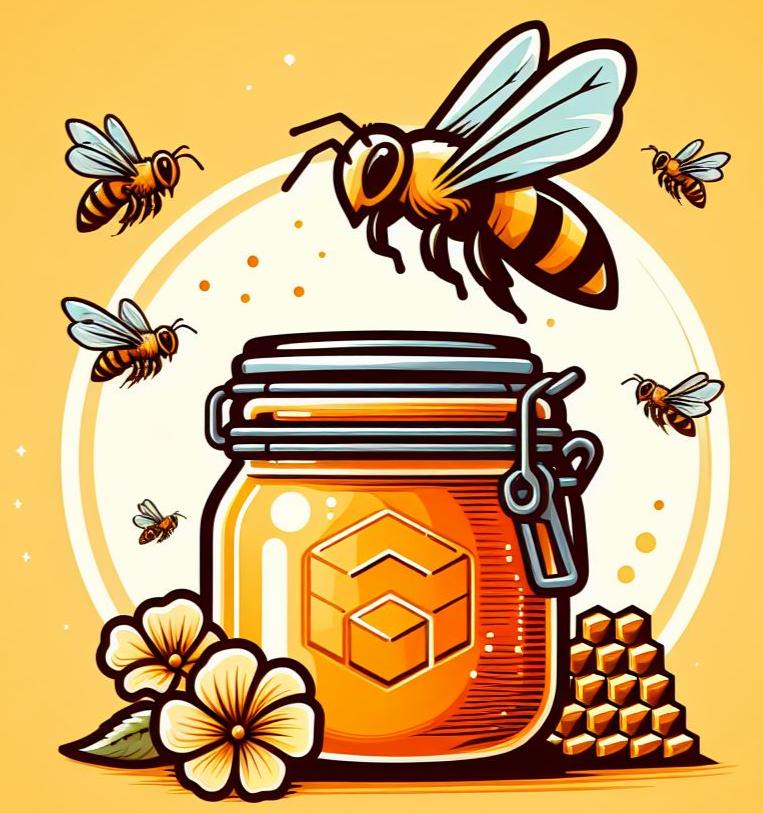Getting into beekeeping is like stepping into a whole new world buzzing with life and activity. It’s a hobby that not only gives you fresh honey but also connects you with nature in a unique way. But like any new adventure, you would benefit from knowing what you need before diving in.
First off, it’s all about having the right equipment. Each piece plays a crucial role in keeping everything running smoothly. From housing your bees safely to ensuring you’re protected while working with them, every tool has its purpose.
Now, why is this so important? Having the right tools isn’t just about making life easier; it’s essential for success. Proper gear makes it more likely your bees stay healthy and productive, which means more honey and a thriving colony. And don’t forget, it’s also about safety — for you and your bees.
So, where do you begin? A good starting point is understanding the role of the essential equipment and how it fits into the whole beekeeping operation. With the right gear and a bit of know-how, you’ll be on your way to managing your own hives like a pro 🙂 .
This guide is here to help you get a general idea of what tools and equipment you will need to keep bees.
Housing the Bees: Hives, Stands, and More
The hive is the heart of any beekeeping setup. Choosing the right type of hive is crucial, and options usually boil down to Langstroth, Top-Bar, and Warre hives. Each has its pros and cons, tailored for different climates and management styles. It’s worth considering what fits best with your beekeeping goals and local environment.
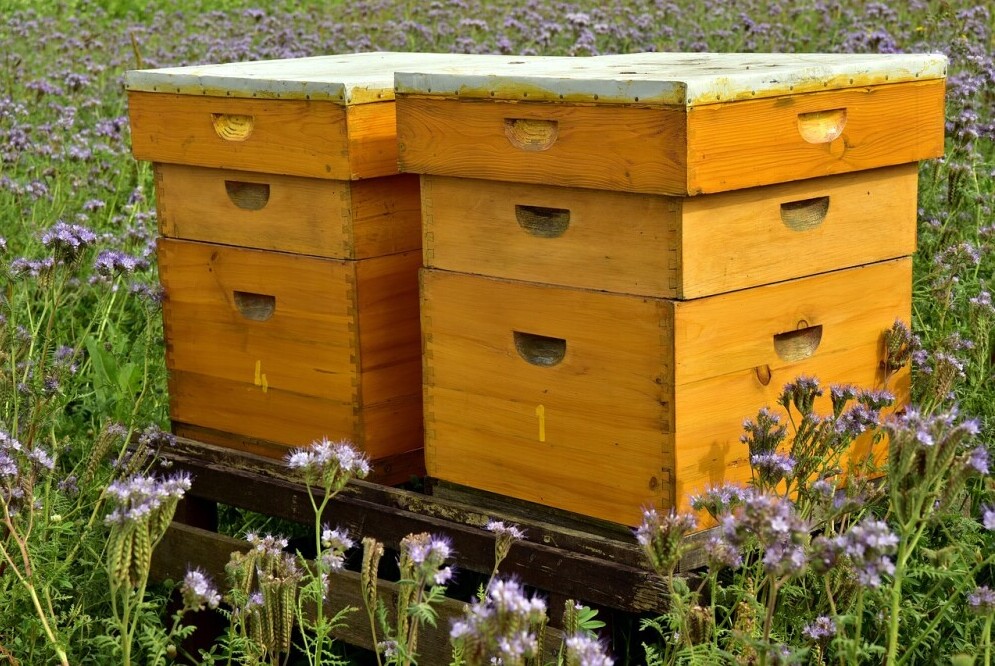
Don’t underestimate the role of hive stands. They elevate your hives off the ground, protecting them from damp conditions and helping deter pests. It’s a small addition that makes a big difference in hive health, and also your comfort and convenience.
Frames and foundations are next on the list. Frames hold the beeswax combs and give structure to the hive, which is important for easy management and honey extraction. Foundation sheets help bees start building their comb straight and evenly, which keeps the hive orderly and efficient.
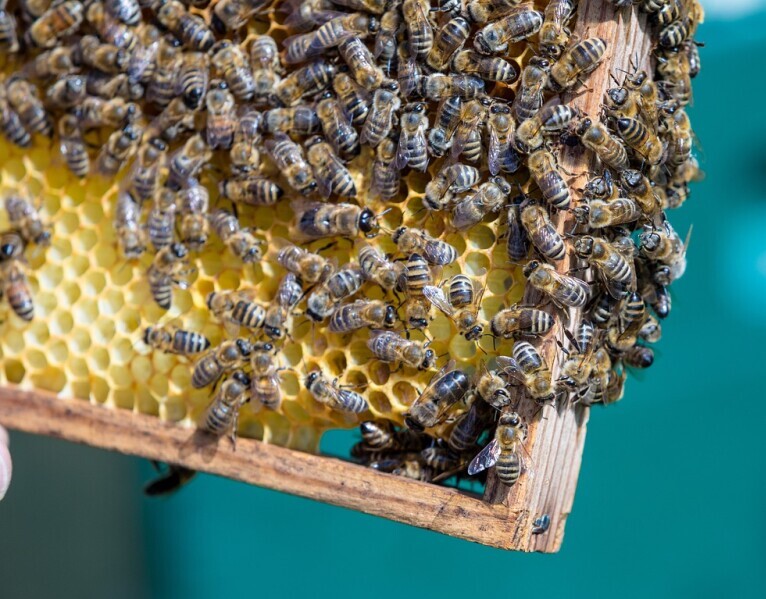
Setting up a bee-friendly environment goes beyond just the hives. Location matters. Bees need sunlight but also some shade to cool down during hot afternoons. Make sure there’s easy access to water too. A well-thought-out setup means happier bees and better honey harvests.
Suiting Up: Protective Gear for Beekeepers
Being a beekeeper means getting up close and personal with thousands of bees. Wearing the right gear is key to making sure those encounters are safe and (almost) sting-free. Your beekeeping suit is your first line of defense. Full suits offer the most coverage and peace of mind, ideal for those who want to minimise any risk of stings.
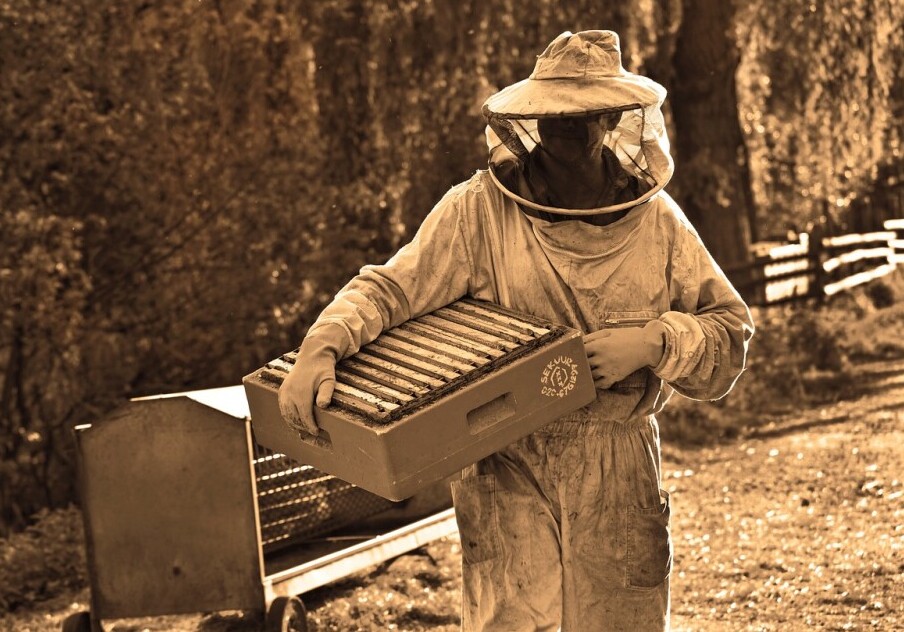
Gloves are another essential. They not only protect your hands but also give you the confidence to handle frames and bees without worry. Look for gloves that balance protection with flexibility so you can still work efficiently.
Footwear sometimes gets overlooked, but it’s a crucial part of your gear. Boots that cover your ankles prevent curious bees from finding their way into your pant legs. Comfort matters here, as you’ll be standing a lot while tending to your hives.
This gear isn’t just about keeping you safe; it keeps accidents to a minimum and ensures your beekeeping experience is enjoyable and worry-free. Investing in good protective gear gives you the freedom to focus fully on your bees.
Tools of the Trade: Hive Management Essentials
Every beekeeper’s toolkit contains essential items that make hive management more efficient and effective. The hive tool is something you’ll find yourself reaching for often—it’s a multi-purpose instrument that helps pry apart frames and scrape off excess propolis and wax.
Smokers are indispensable for calming your bees. A gentle puff of smoke helps mask alarm pheromones and makes hive inspections less stressful for the bees and you. Keeping your smoker lit and at the ready is a good habit to get into.
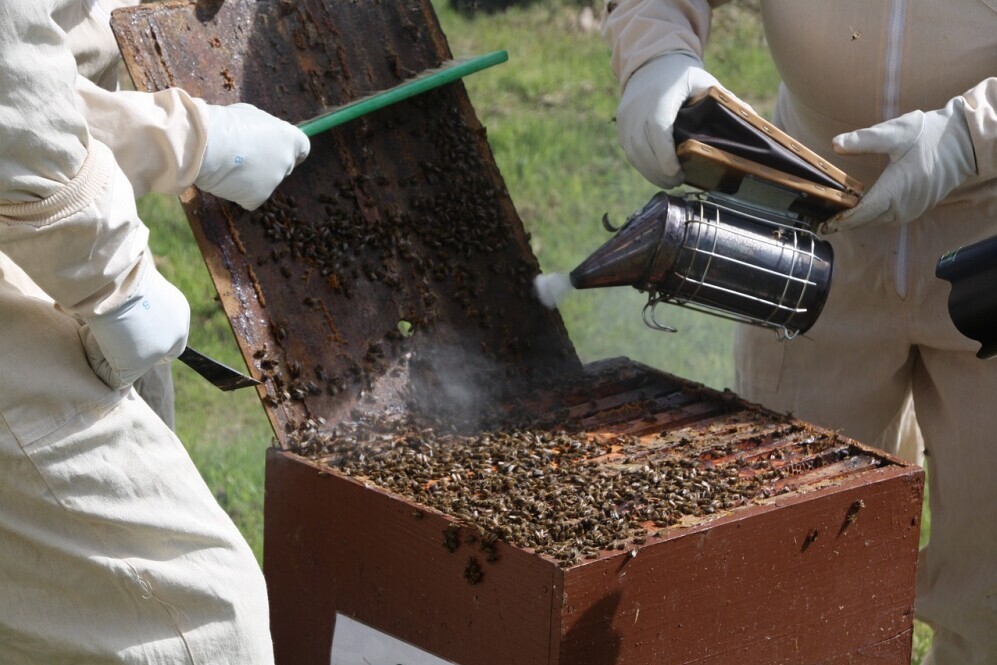
Queen catchers and markers come in handy when it’s time to identify or relocate your queen. Spotting and keeping track of her is vital for managing the hive’s health and productivity.
Don’t forget about swarm control tools. Swarming is natural but can affect hive strength and honey production. Having the right tools to manage or prevent it ensures your colony stays robust.
Each tool plays its part in the smooth running of your beekeeping operation. Investing in quality equipment ensures your hive management practices are efficient and as stress-free as possible.
Harvest Time: Extracting Honey Made Easy
Getting to the stage where you can extract honey is both exciting and rewarding. It’s the culmination of all your hard work and your bees’ endless activity.
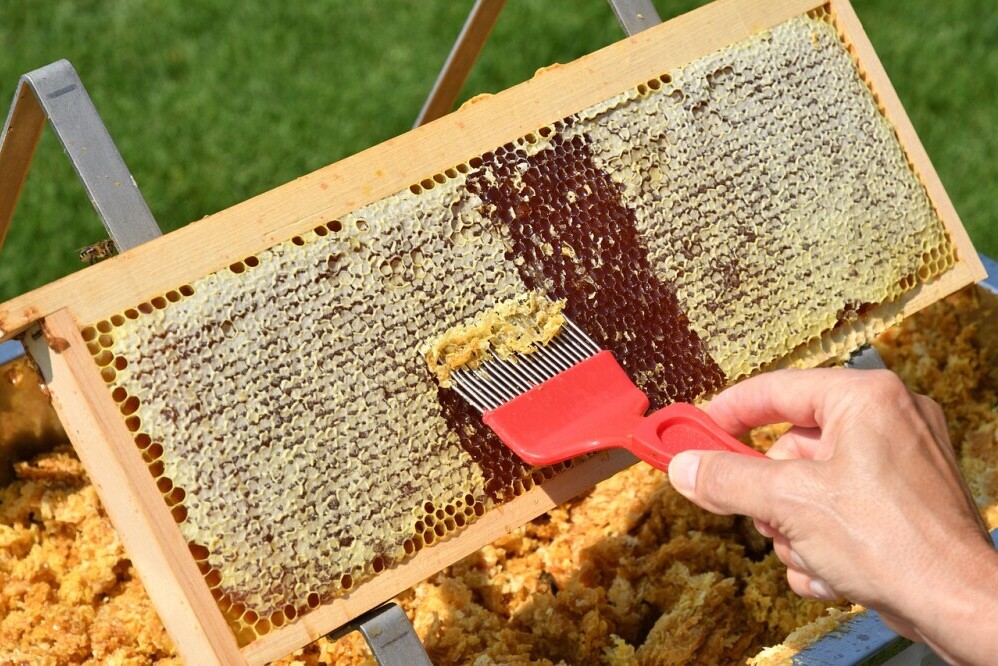
To get started, you’ll need some basic equipment designed to make the honey extraction process smooth and efficient. Filters and strainers help ensure your honey is free from wax and other debris, giving you clean, golden goodness ready for jarring. Using a double sieve ensures thorough filtration, which is crucial if you want to achieve that clear, smooth finish.
Potentially you may consider using a honey extractor which is a tool that spins honey out of the comb without damaging it. Manual extractors are perfect for small operations, while electric ones cater to larger scales. Choosing the right one depends on how much honey you plan to harvest.
Proper storage is the last step in the extraction process. Honey jars not only keep your honey safe but also make it easy to share with friends and sell at markets. Make sure your storage containers are airtight to preserve the freshness and flavour.
Don’t overlook equipment hygiene. Keeping everything clean from start to finish prevents contamination and guarantees the quality of your honey stays high. Regular maintenance of your extraction tools extends their lifespan and ensures they’re ready for use whenever you need them.
Feeding Your Bees: Nutrition and Feeders
A well-fed bee colony is a happy and productive one. Understanding their nutritional needs is key to maintaining bee health, especially during off-peak seasons where natural food sources are scarce.
Feeders come in different styles, each suited to various setups and seasons. For example, top feeders can hold more syrup and are better for larger hives.
Preparing your homemade sugar syrup is straightforward and cost-effective. A common mix is one part sugar to one part water for spring feeding—ideal for quick energy boosts—and two parts sugar to one part water for fall feeding to prep your bees for the colder months.
Ensuring your bees have consistent, reliable access to nutrition helps them survive tough conditions and thrive when resources are plentiful. Regular checks help maintain this balance without overwhelming your bees.
Safeguarding the Colony: Anti-Varroa Treatments
Varroa mites are a persistent threat to bee colonies, capable of devastating hives if left unchecked. Recognising and diagnosing their presence early on is crucial for maintaining the health of your bees.
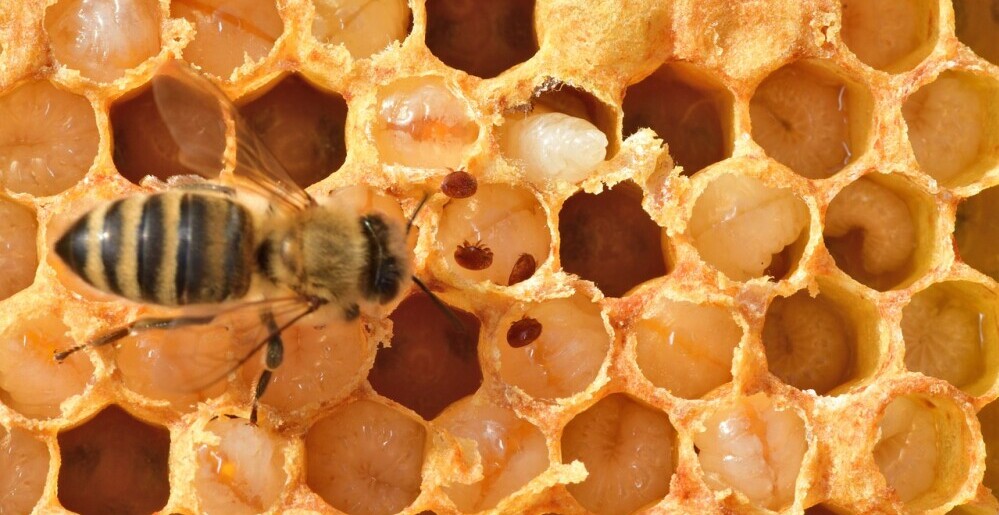
Several treatment options are available, ranging from chemical solutions to organic alternatives. Understanding the pros and cons of each method will ensure you choose the best strategy for your situation.
Non-chemical treatment strategies, for example, drone brood removal, offer ways to manage mite levels without using synthetic chemicals.
Regular colony checks and a vigilant approach to mite management help maintain a strong, productive hive. Keeping records of treatments and their outcomes allows you to track what works best for your bees, ensuring that your colony thrives from season to season.
Final thoughts
As described above beekeeping requires some essential tools to get started. These foundational items ensure that you can safely and effectively manage your bees from the beginning. As your beekeeping experience grows, you may find it helpful to explore additional equipment tailored to specific needs or preferences, such as queen-rearing kits, or specialised hive tools. The wide range of beekeeping equipment available allows you to expand and refine your practices over time, making it an accessible and adaptable hobby for beginners and seasoned beekeepers alike.
